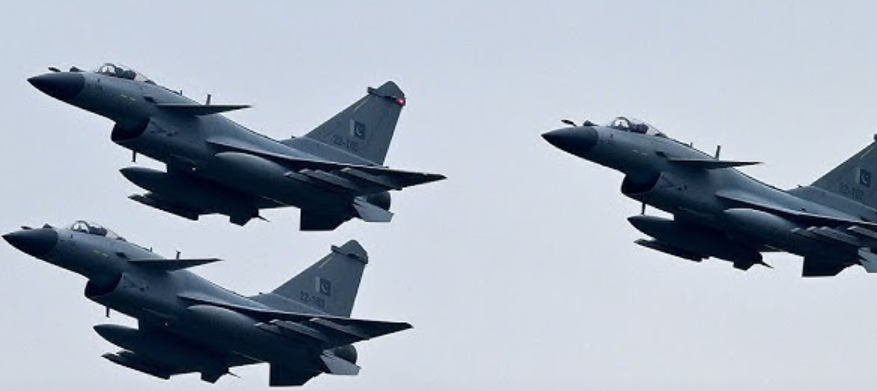Pakistan’s recent decision to field the Chinese-made Z-10ME-2 attack helicopter marks more than a standard defense purchase—it symbolizes a strategic shift that has quietly reshaped the military balance in South Asia. With this move, Islamabad has effectively turned the page on decades of dependence on American weaponry and embraced Beijing as its new primary defense partner.
This transition hasn’t happened overnight. It’s the culmination of years of missed opportunities, broken deals, and shifting power dynamics—particularly on Washington’s part.
A Helicopter That Redefined the Relationship
The Changhe Z-10ME-2 isn’t a stopgap solution or a second-choice substitute for U.S. gear. It’s a purpose-built machine, engineered with direct input from the Pakistan Army following initial trials nearly a decade ago. Enhanced with features like upgraded engines, ceramic armor, and desert-optimized filtration systems, the Z-10ME-2 isn’t just built for Pakistan—it’s built with Pakistan.
With radar and laser warning systems, electronic countermeasures, and long-range guided weapons, the platform reflects a doctrinal shift. Pakistan is moving away from the outdated Bell AH-1 Cobra mindset and stepping into a new era of standoff strike warfare, suited for high-threat, contested environments.
This is a helicopter designed to survive—and win—in modern battlespaces. More significantly, it provides Islamabad with advanced offensive capability without the political strings that typically accompany U.S. military hardware.
How Washington Fumbled Its Leverage
Pakistan’s pivot toward Chinese arms isn’t just a matter of convenience. It’s a direct consequence of years of strained relations with the United States—and a series of U.S. policy missteps that misunderstood both Pakistan’s urgency and China’s industrial rise.
Back in the 2010s, Pakistan had hoped to modernize its rotary wing fleet with 12 U.S.-made AH-1Z Vipers and 30 Turkish T129 ATAKs. But Washington blocked funding support for the Vipers in 2017 and later refused to issue export licenses for the American engines powering the Turkish helicopters.
These weren’t isolated incidents. In 2016, Pakistan had already walked away from a potential F-16 Block 52 deal when the U.S. insisted on full Pakistani funding without aid support. The echoes of the 1990s Pressler Amendment—when the U.S. withheld paid-for F-16s and offered soybean shipments in return—still resonate deeply in Pakistani defense circles.
The message Islamabad took from these episodes was clear: reliance on U.S. weapons comes with unpredictable political costs and fragile supply chains. When even a NATO ally like Turkey couldn’t deliver without U.S. interference, the argument for going entirely outside the Western orbit became hard to ignore.
The Strategic Blind Spot the U.S. Didn’t See Coming
For decades, the U.S. and its allies maintained a significant informational advantage in South Asia through deep knowledge of Pakistan’s American-made systems. That edge is fading fast.
As Pakistan leans into Chinese platforms like the J-10CE fighter, PL-15E missiles, and now the Z-10ME-2 helicopter, Western defense analysts are increasingly in the dark. Unlike U.S. equipment, Chinese systems come with minimal transparency, making it harder for Washington to assess their true capabilities or factor them into crisis scenarios.
This growing opacity creates a strategic dilemma: in any future regional conflict, U.S. policymakers will be less equipped to predict Pakistan’s military behavior or capabilities. The “black box” effect is real—and it’s deepening.
A New Normal for U.S.-Pakistan Defense Ties
While Washington still holds sway in broader diplomatic and economic engagements, its influence over Pakistan’s military decisions has shrunk dramatically. The era when the U.S. could shape Pakistan’s defense posture through arms sales and financial leverage is effectively over.
That shift has left American defense manufacturers locked out of a once-critical market. Meanwhile, Beijing is not only selling high-end military equipment—it’s tailoring it to Pakistan’s needs and delivering it without the geopolitical headaches.
For the U.S., the question now is not how to bring Pakistan back into the fold, but whether it ever truly can—and if so, at what cost.
